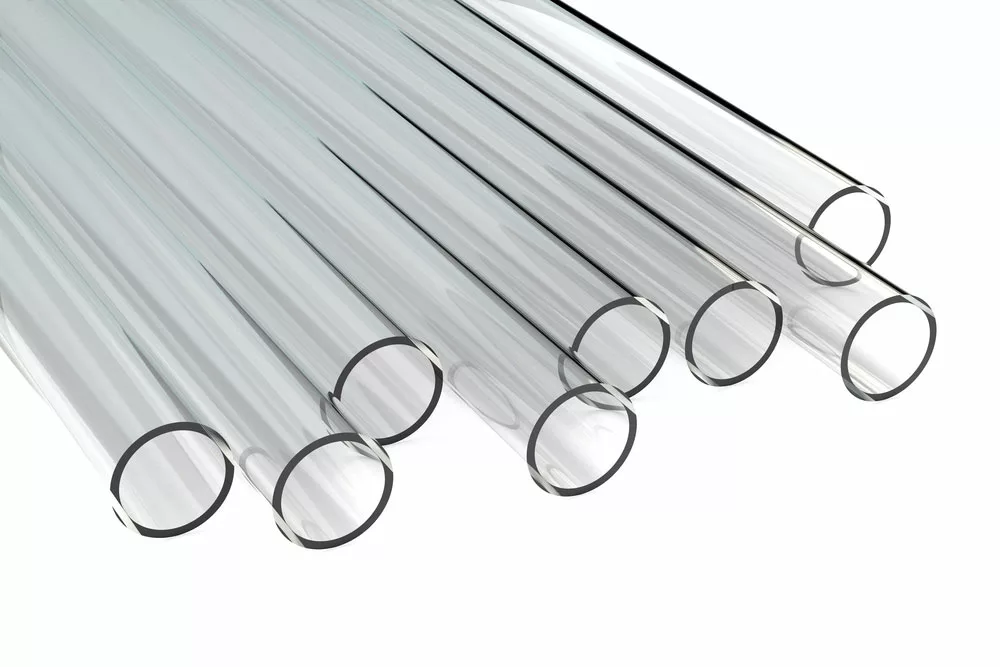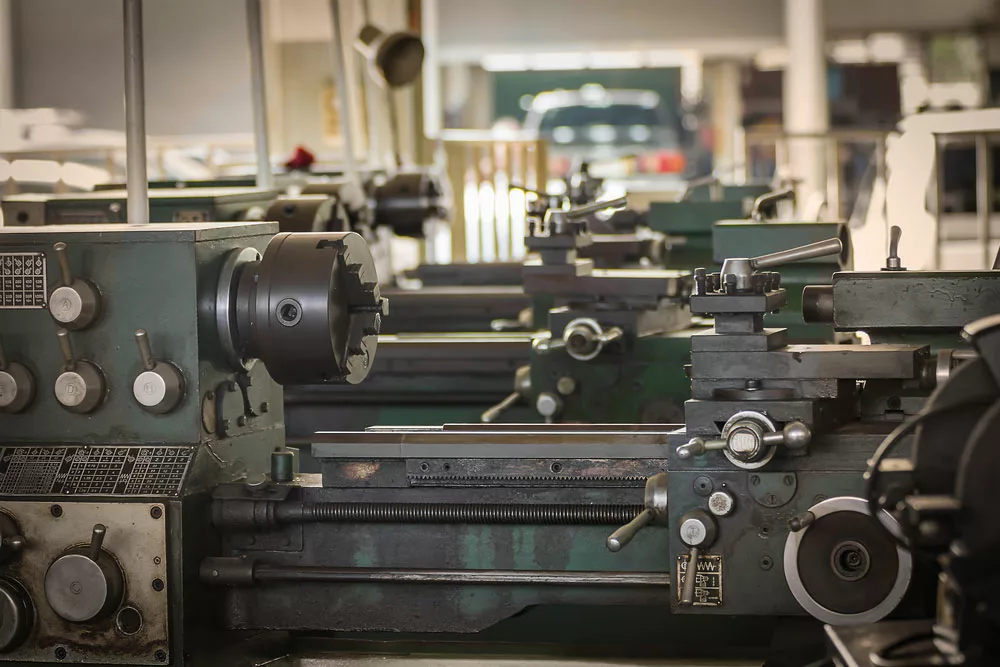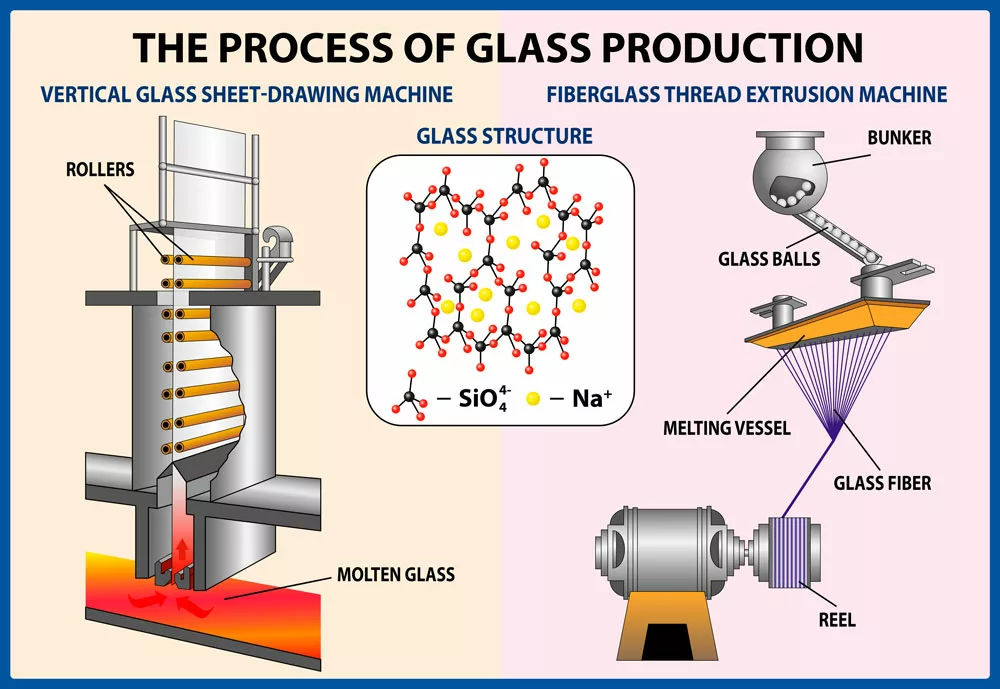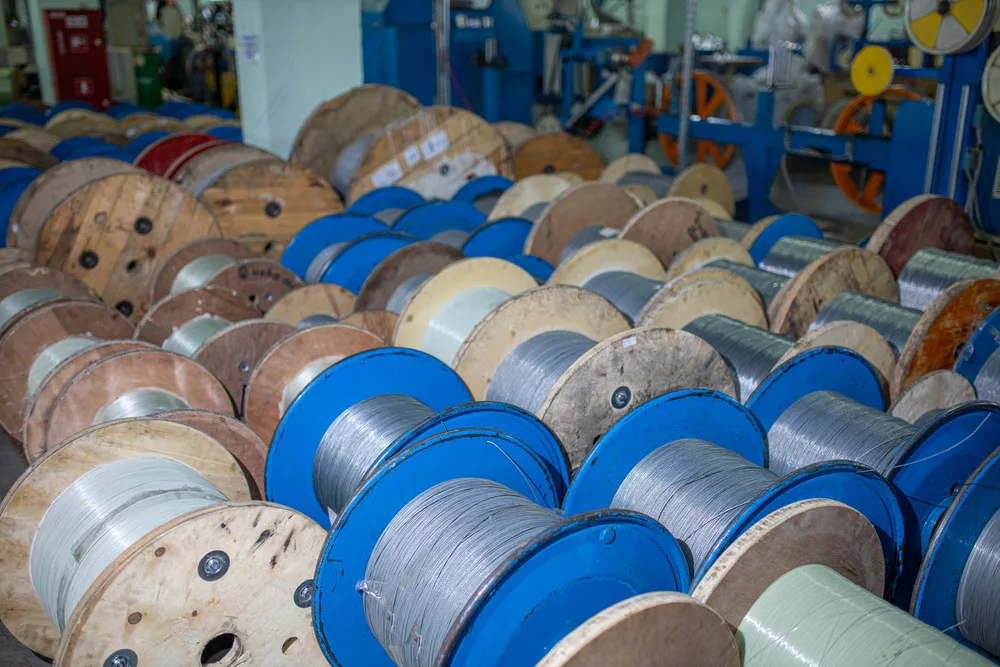The following guide will explore how to make fiber optic cable. Fiber optic or Optic fiber cables are one of the most astounding inventions of modern society.
They make speedy data exchanges and communications possible.
Instead of electricity, they use light pulses. Since light travels exponentially faster than electricity, fiber optic cables allow us to transmit data faster.
However, fiber optic cables can be expensive to manufacture and install. This is one of their few disadvantages.
But how do manufacturers create fiber optic cables, and can you make them yourself? This guide will answer this question.
Table of Contents
How Do Fiber Optic Cables Work?

[Fiber Optic Cables]
As this guide mentioned, fiber optic cables transmit data through hair-thin glass fibers using light pulses because the materials and processes manufacturers use to make them can be quite complex to construct.
Contrastingly, electrical cables are easy to assemble. Most non-professionals can make their own using copper. But how do fiber optic engineers create fiber optic cables?
How Do Engineers Create Fiber Optic Cables?
Fiber optic cables begin their lives as glass cylinders. When workers receive them, they are usually covered in plastic wrapping. Thus, the first step in fiber optic fabrication is unwrapping them.
Step 1: Preparation

[Glass Cylinders]
After unwrapping the glass tubes, a worker will submerge the cylinders in a vat of hydrochloric acid. This process will remove any residual oil or filth.
Step 2: Initial Lathing

[Lathe Machine]
A worker will then place a clean glass cylinder at each end of a lathe. There will essentially be two glass cylinders in the lathe. The lathe’s job is to combine these cylinders to create a long single.
It achieves this by spinning both tubes while heating them with a hydrogen-oxygen (oxyhydrogen) flame. When the glass cylinder begins to turn white, it has nearly reached its peak temperature.
Once the glass cylinders reach 2000 degrees Celsius, the lathe fuses them. After the glass tube has cooled off, a technician will place it in one end of a larger lathe. The technician will also place a glass tube of a similar size on the other end of the lathe.
This lathe features a traversing burner that sits in the middle. Once the technicians have set the tubes, the lathe will begin rotating them.
Step 3: Forming the Optic Fiber Core
As the tubes spin, the lathe will begin to pump a mixture of chemicals through them.
The mixture contains a liquid form of silicon and germanium. As the temperature of the chemicals rises, they create a reaction that leaves a layer of white soot on the inside of the tube. The heat fuses the soot.
This process forms what will become the core of the optical fiber. The glass tube itself will form the fibers covering the core.
When there is enough fuse soot, a technician will increase the temperature. This process will also turn the soot into glass. The manufacturer will then heat the glass enough to soften it.
This will also apply to the internal glass. The intense heat eventually makes the tube collapse to form a solid rod. This will ultimately be the internal structure of the optic fiber cable.
However, in this phase, it’s in the form of a big bulky rod that technicians call a preform. As such, they must thin it out before it can become usable.
Step 4: Shaping the Preform

[Glass Sheet and Fiber Manufacturing Process]
First, the technician excises the preform from the uncollapsed section of the glass tube. Next, they install it vertically into a drawing tower. It will draw out the fiber optic cable’s final shape.
The drawing tower features an oven that heats one end of the preform to 2000 degrees Celsius. The glass softens, and gravity does much of the work by pulling it down.
A set of technicians will then use a glob of glass as a weight to help them stretch the soft glass. The technicians will keep stretching it until they form a thin glass fiber. Next, a series of pulleys measures the tension of the glass fiber.
The technicians utilize a special monitor that ensures the fibers are precisely the right diameter (125 micrometers).
The fiber then passes through UV lamps that bake on an acrylic coating. This coating protects the fiber against dust and other potential contaminants.
Step 5: Final Phase
A technician will then roll the fiber onto a drum. The manufacturer either ships it as is, insulates it, or places it inside a cable.

[Fiber Optic Cables in Drums]
Conclusion
Fiber optic cables have many benefits. They are more compact and weigh far less than traditional copper cables. Additionally, they can carry more information and require fewer repeaters to prevent the signal from degrading.
They are also hard to hack without detection. The creation of Fiber Optic cables is a highly complicated process. It’s expensive and requires the right expertise.
Making fiber optic cables at home is impossible without the necessary equipment. Don’t hesitate to contact us to learn how we can help you with cabling and wire needs.
